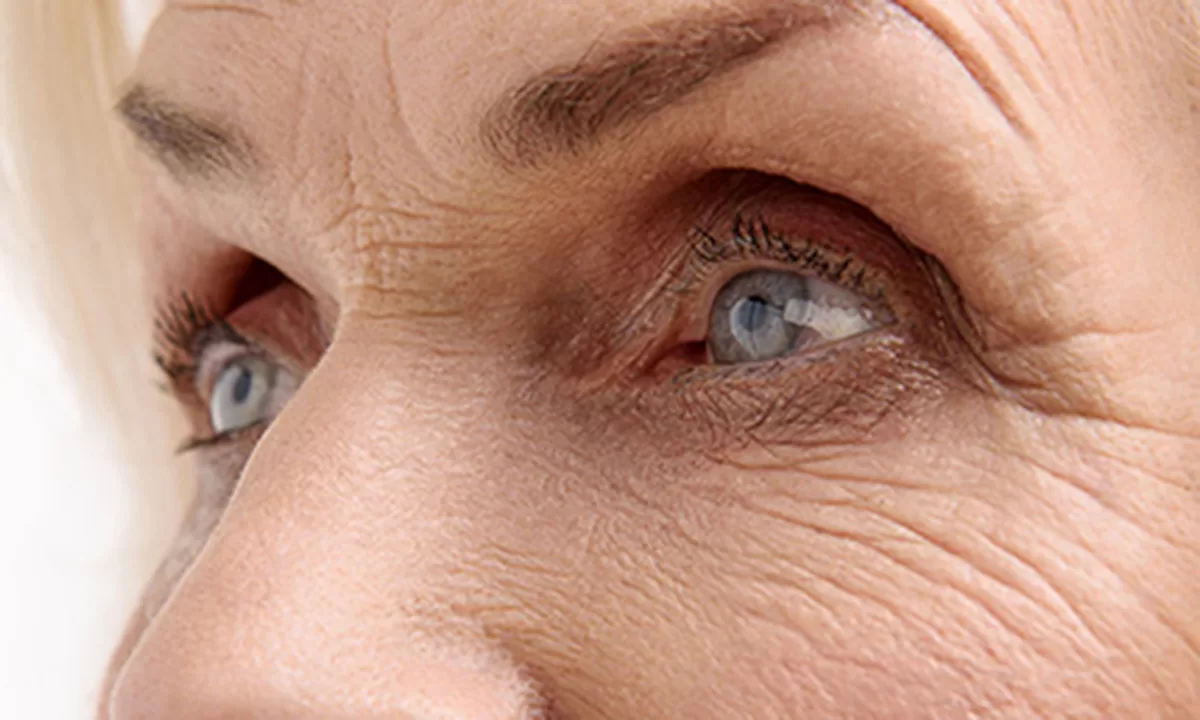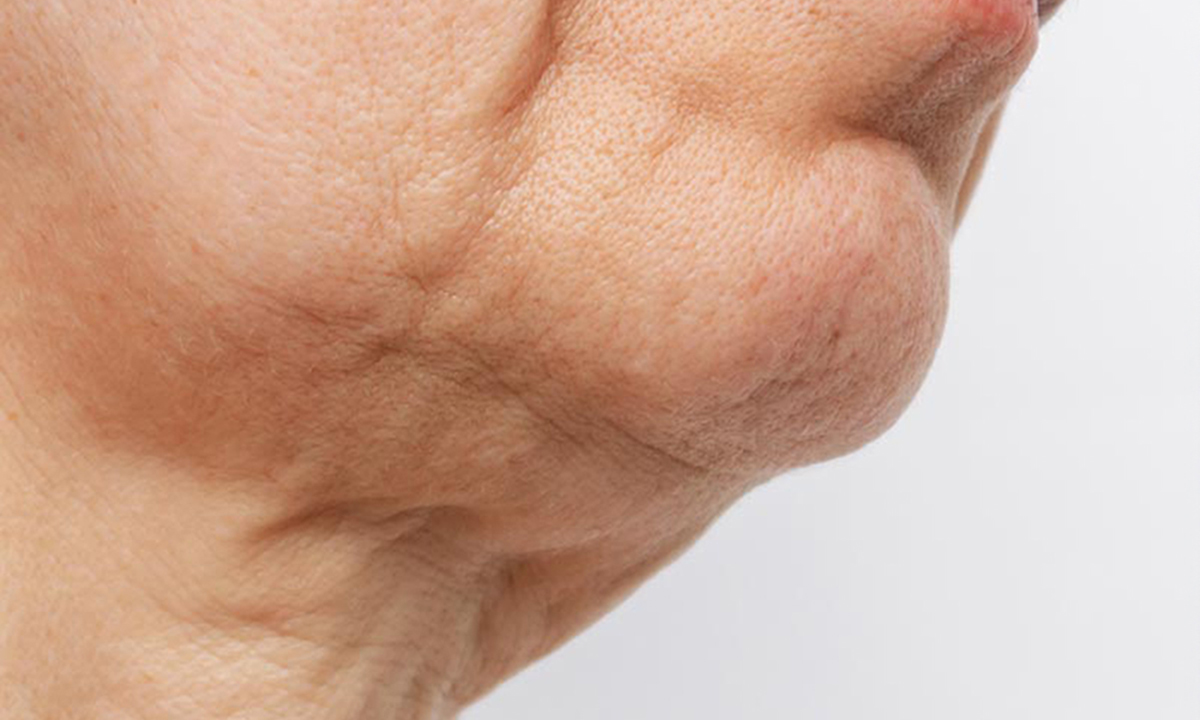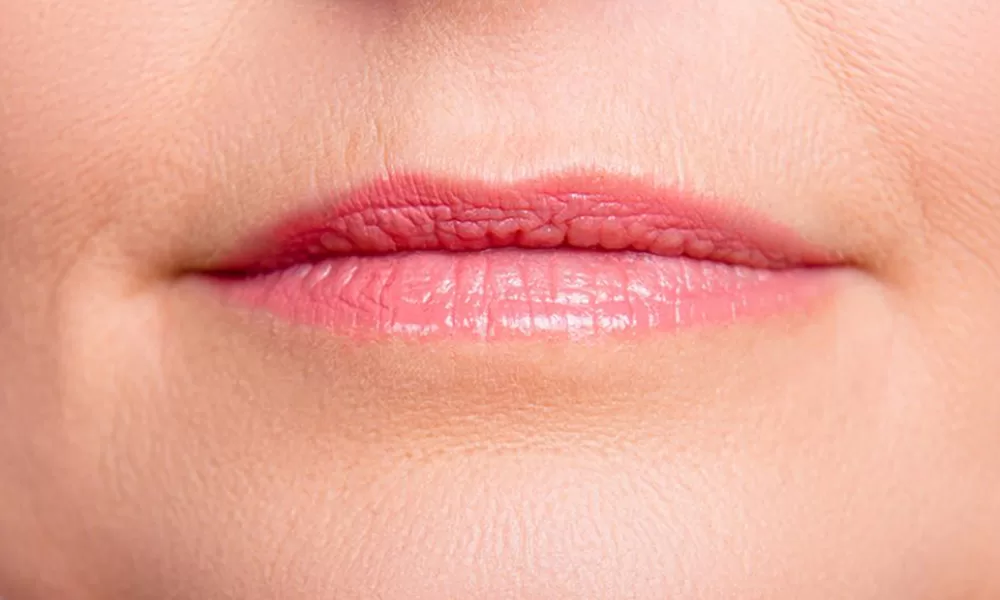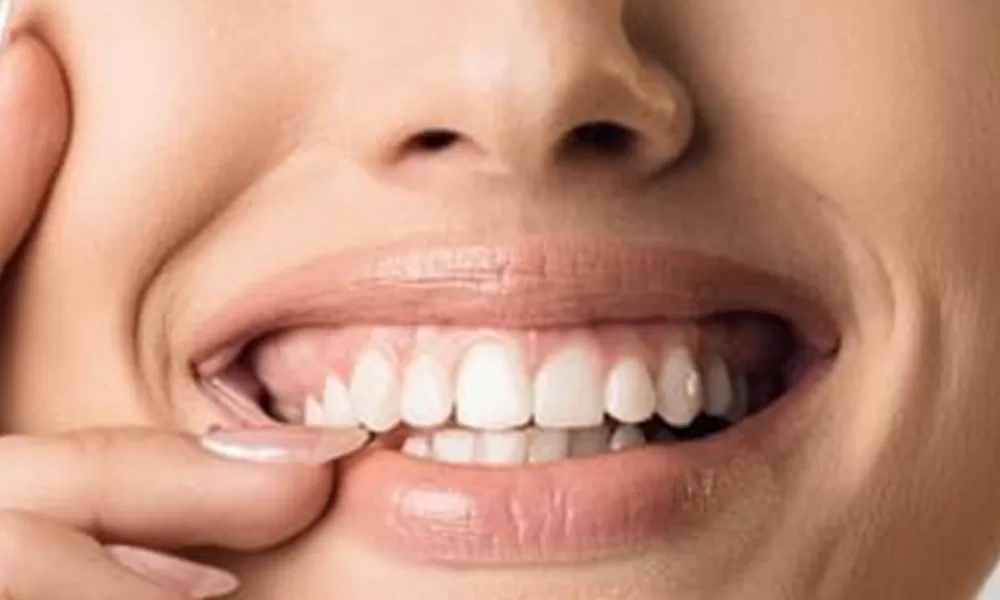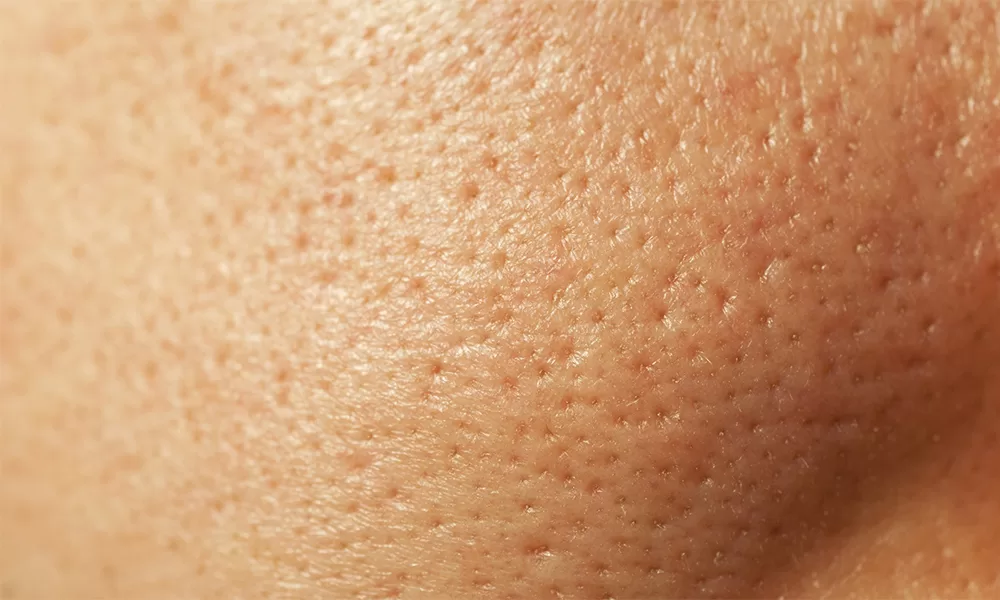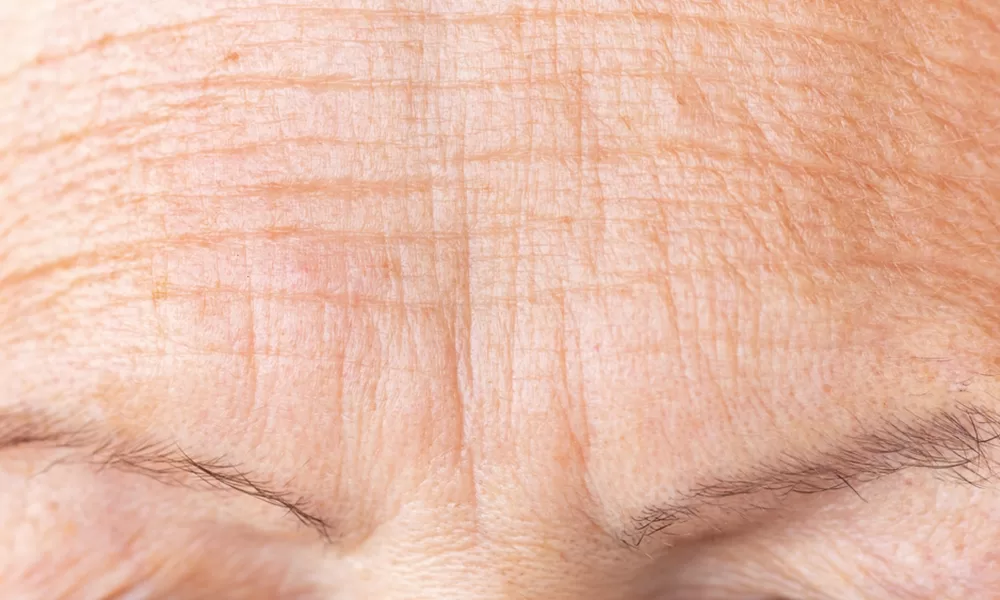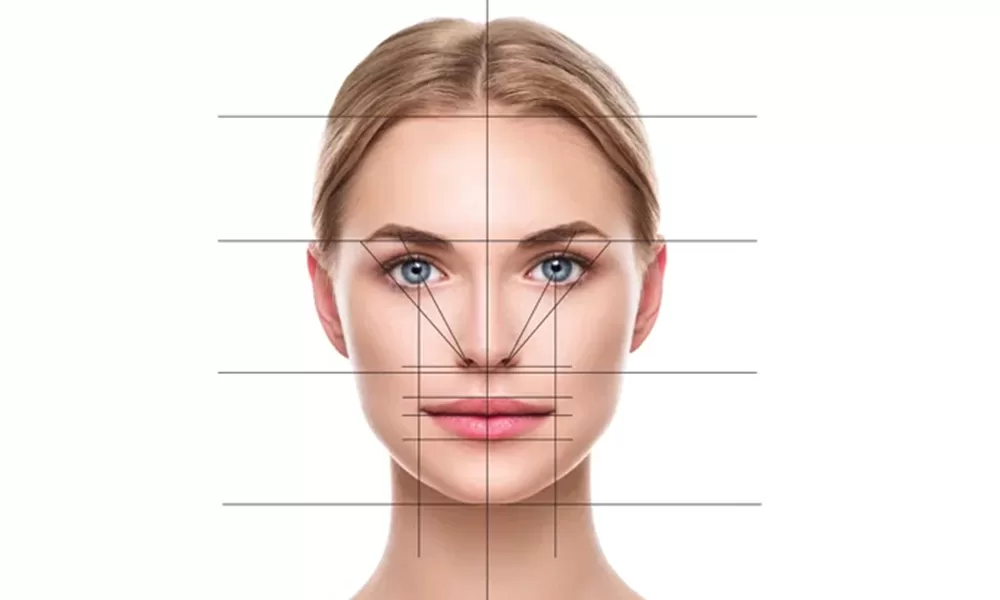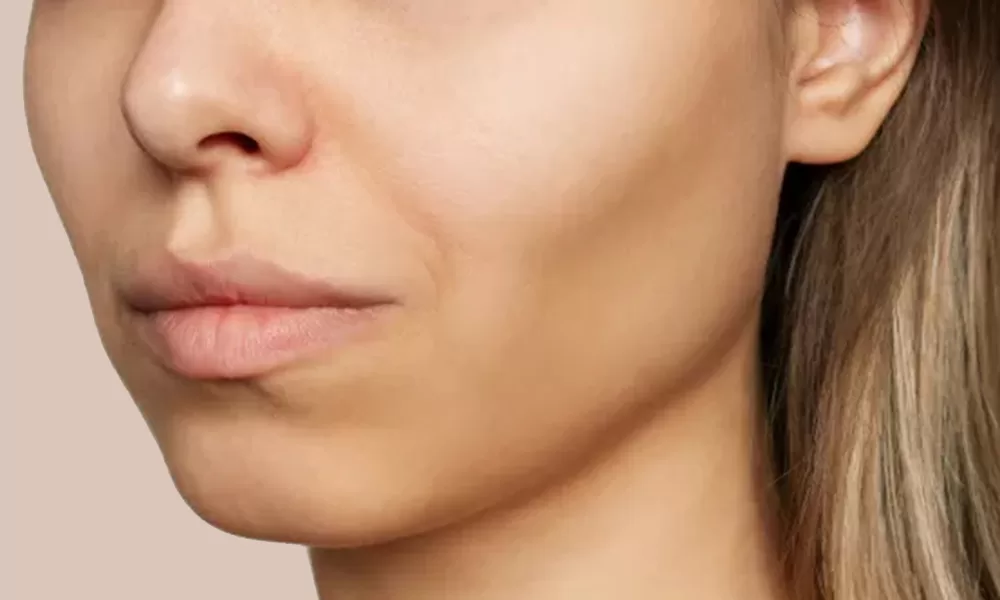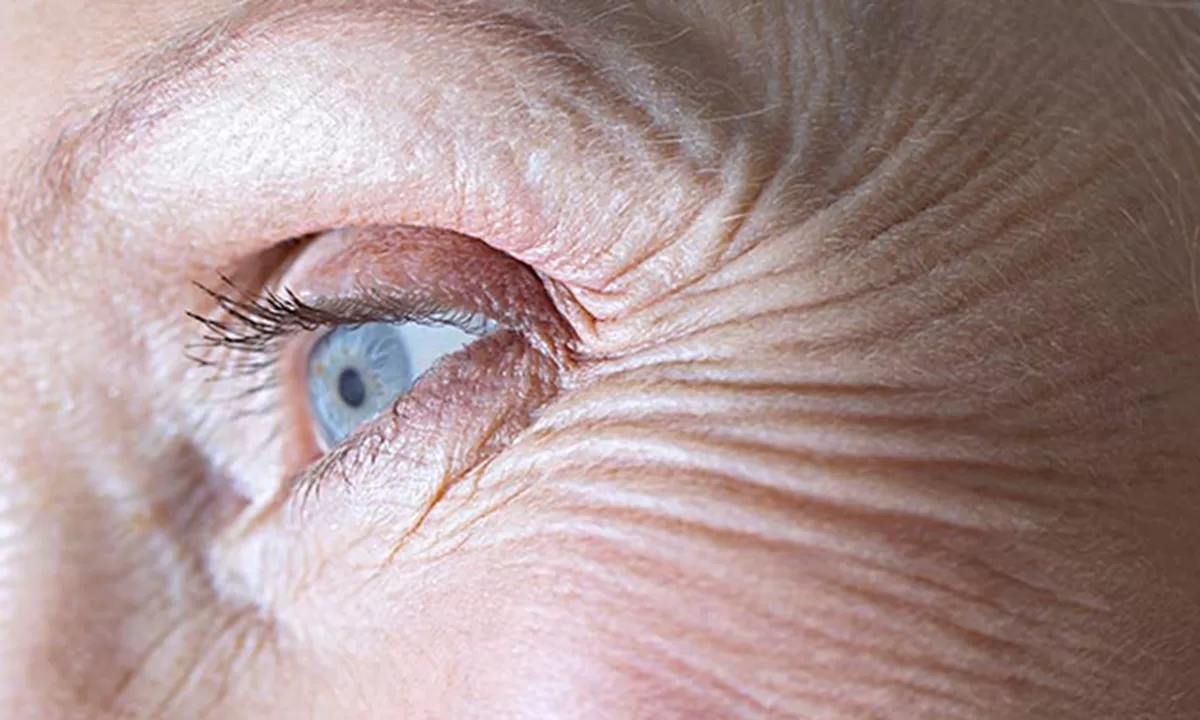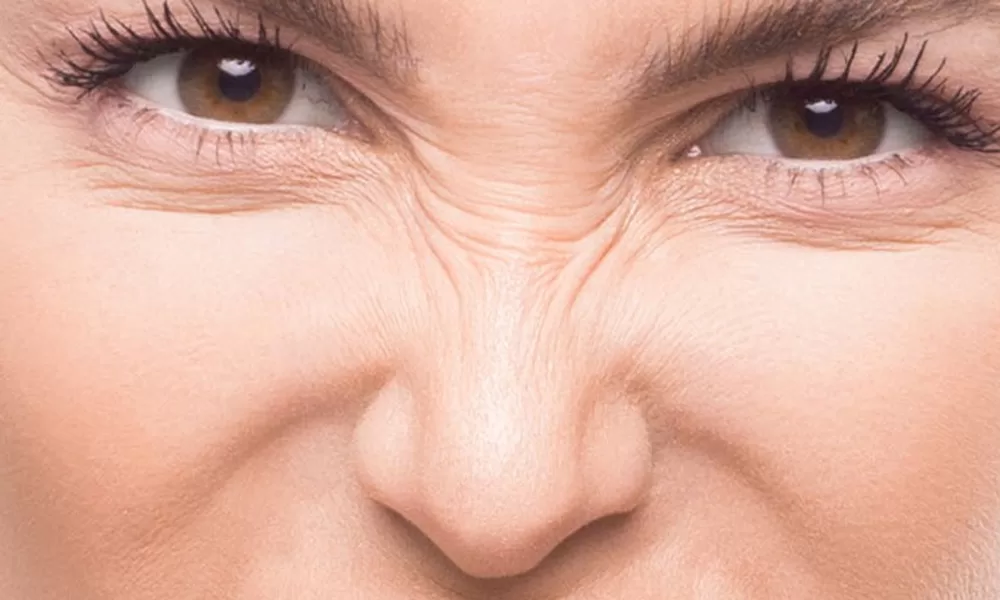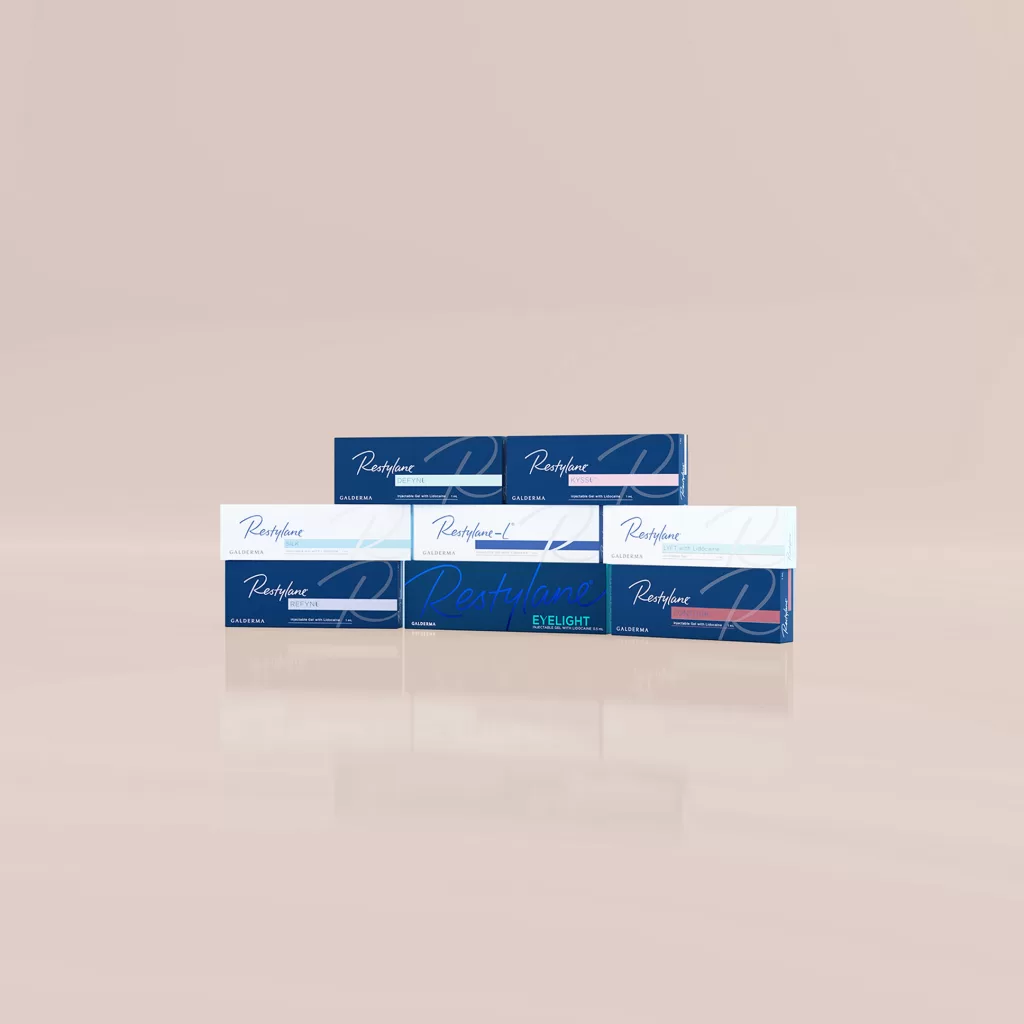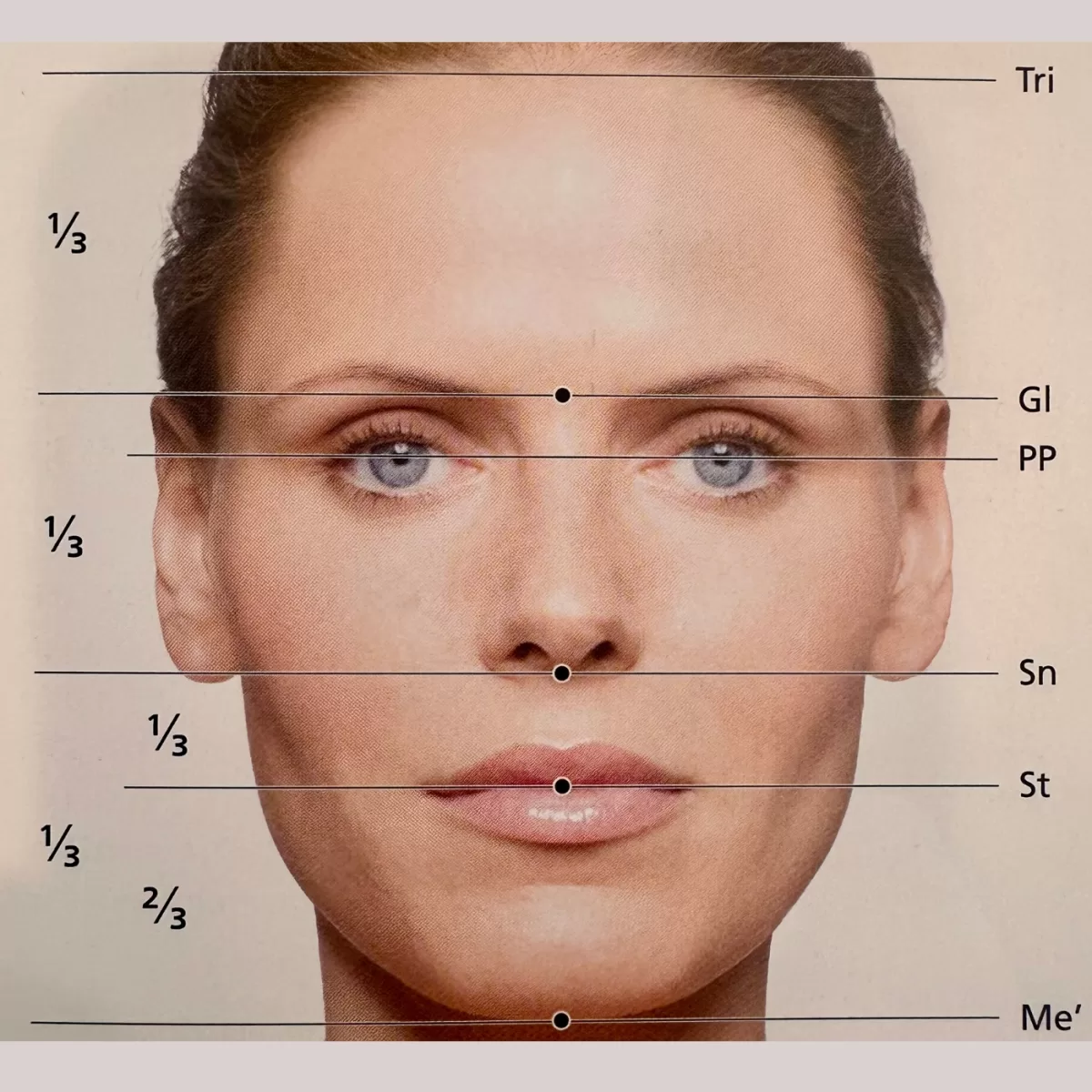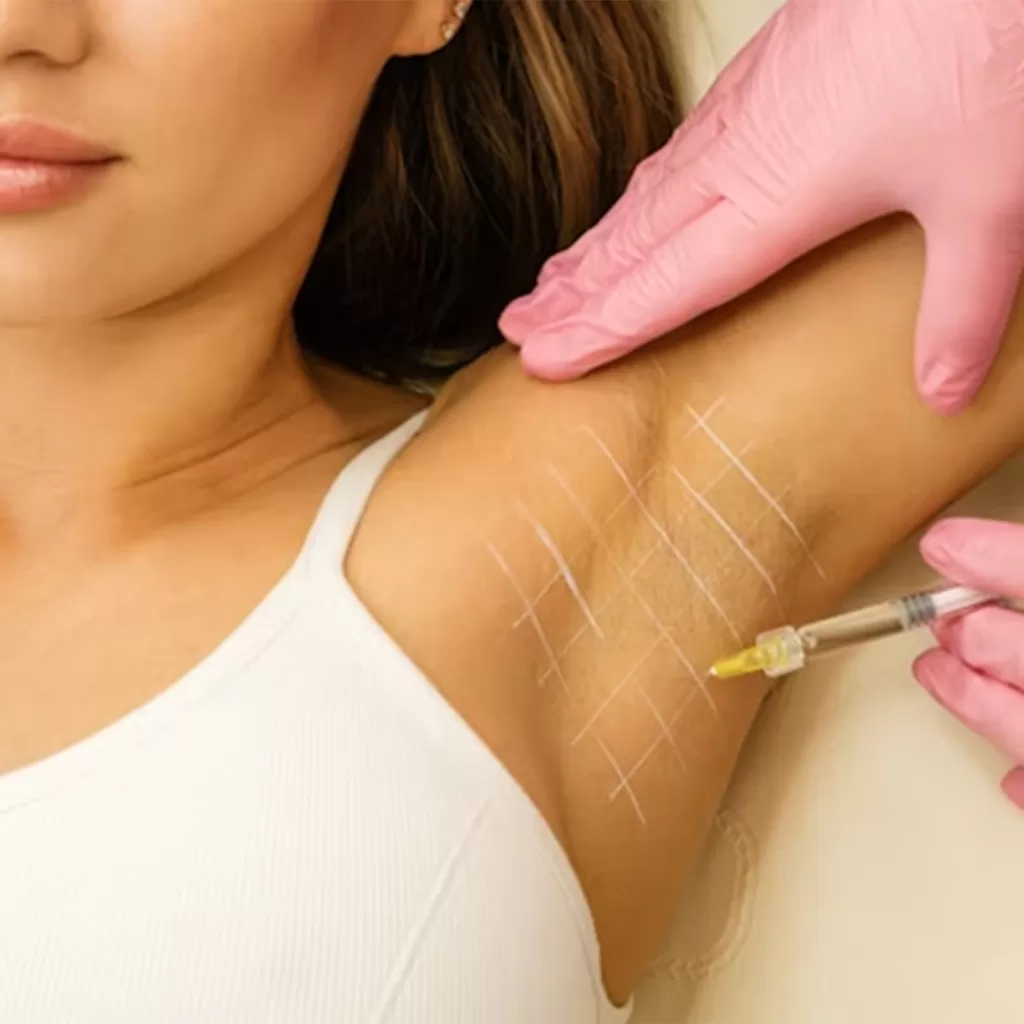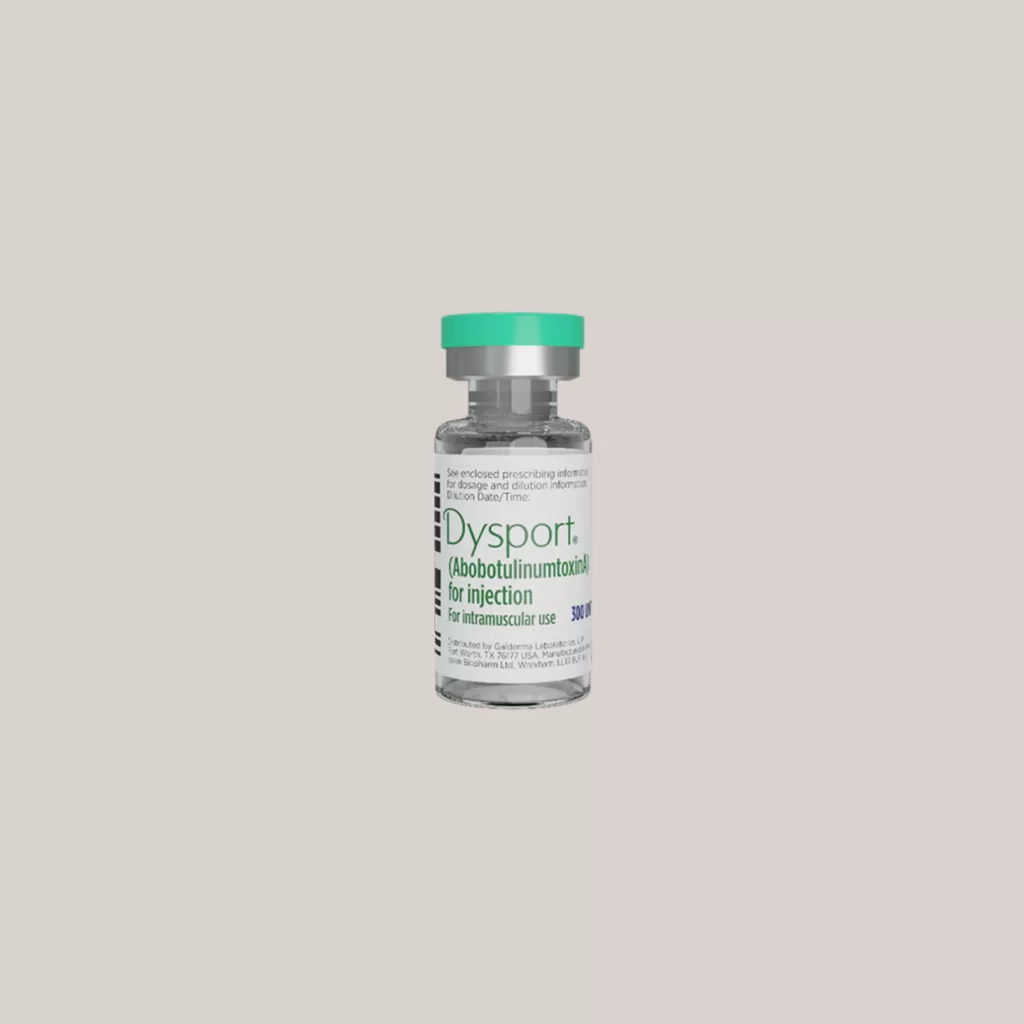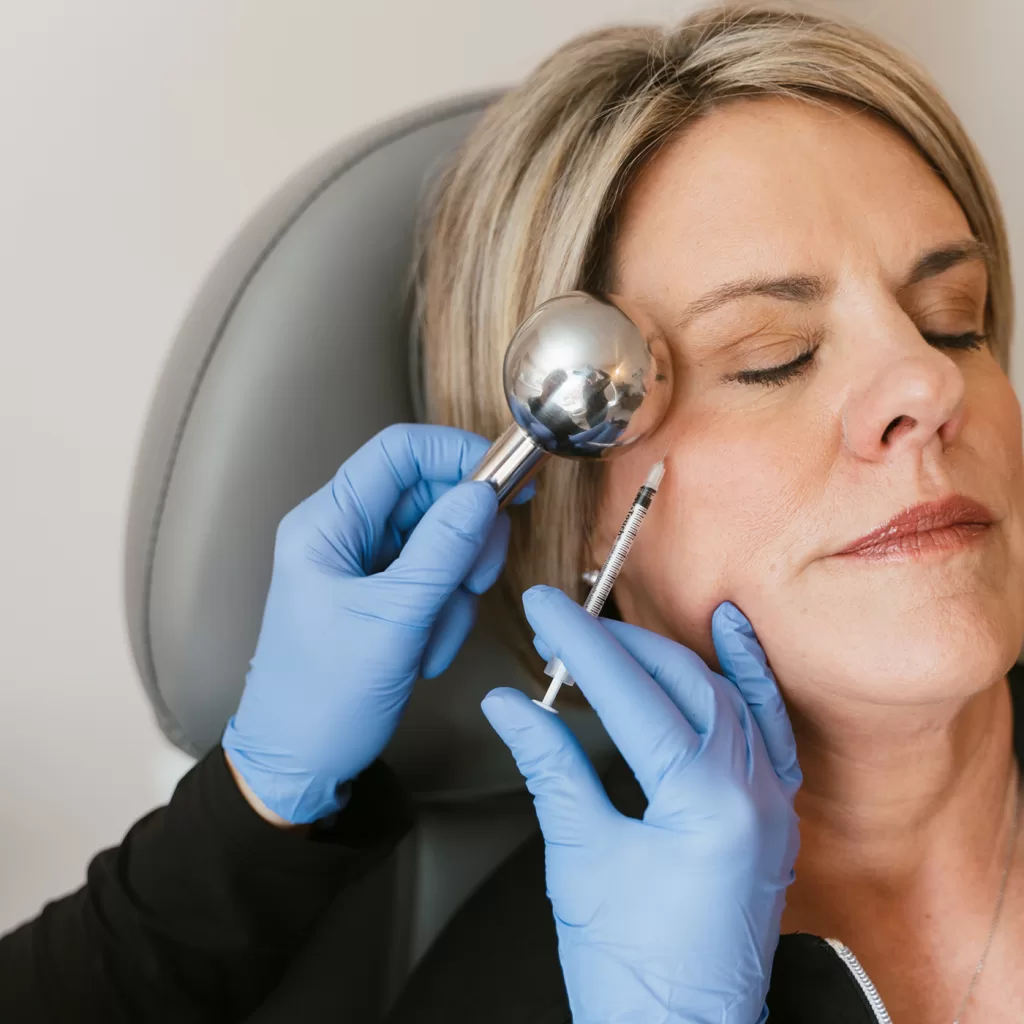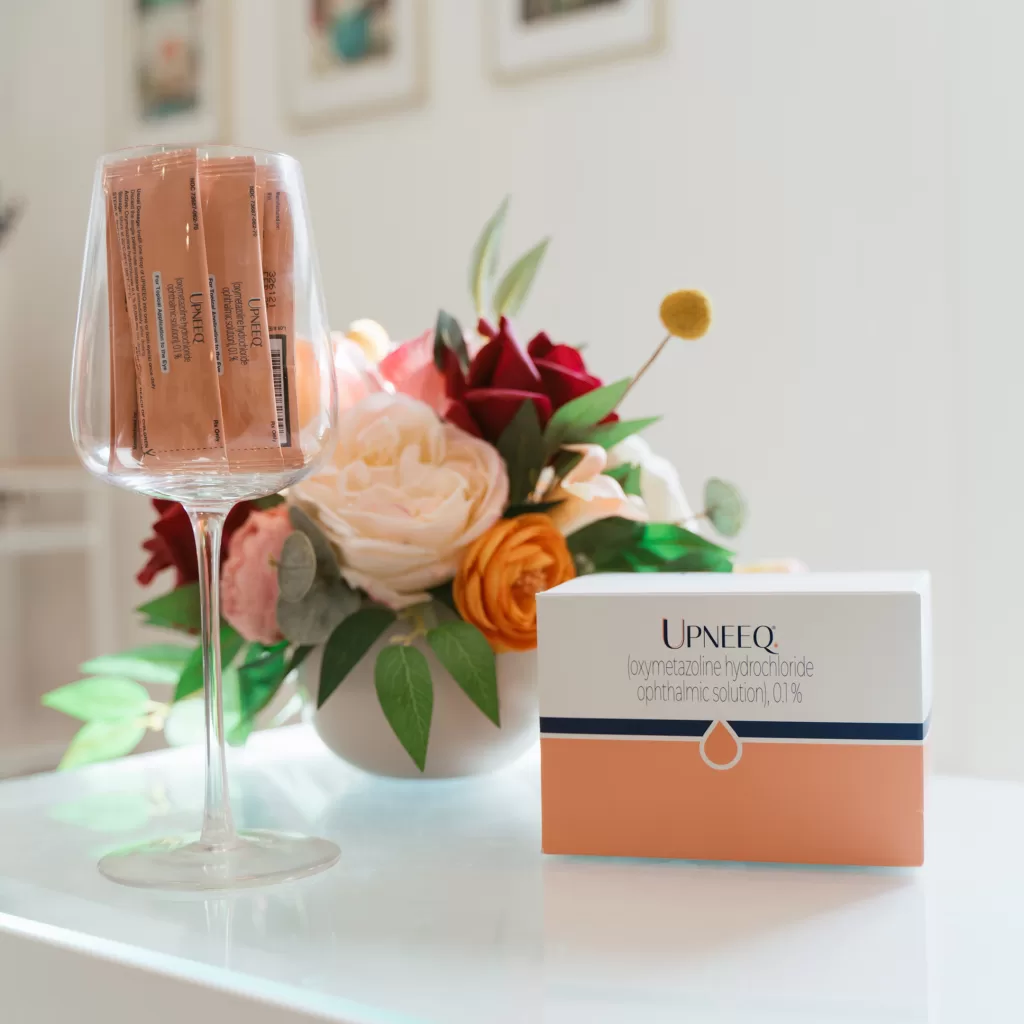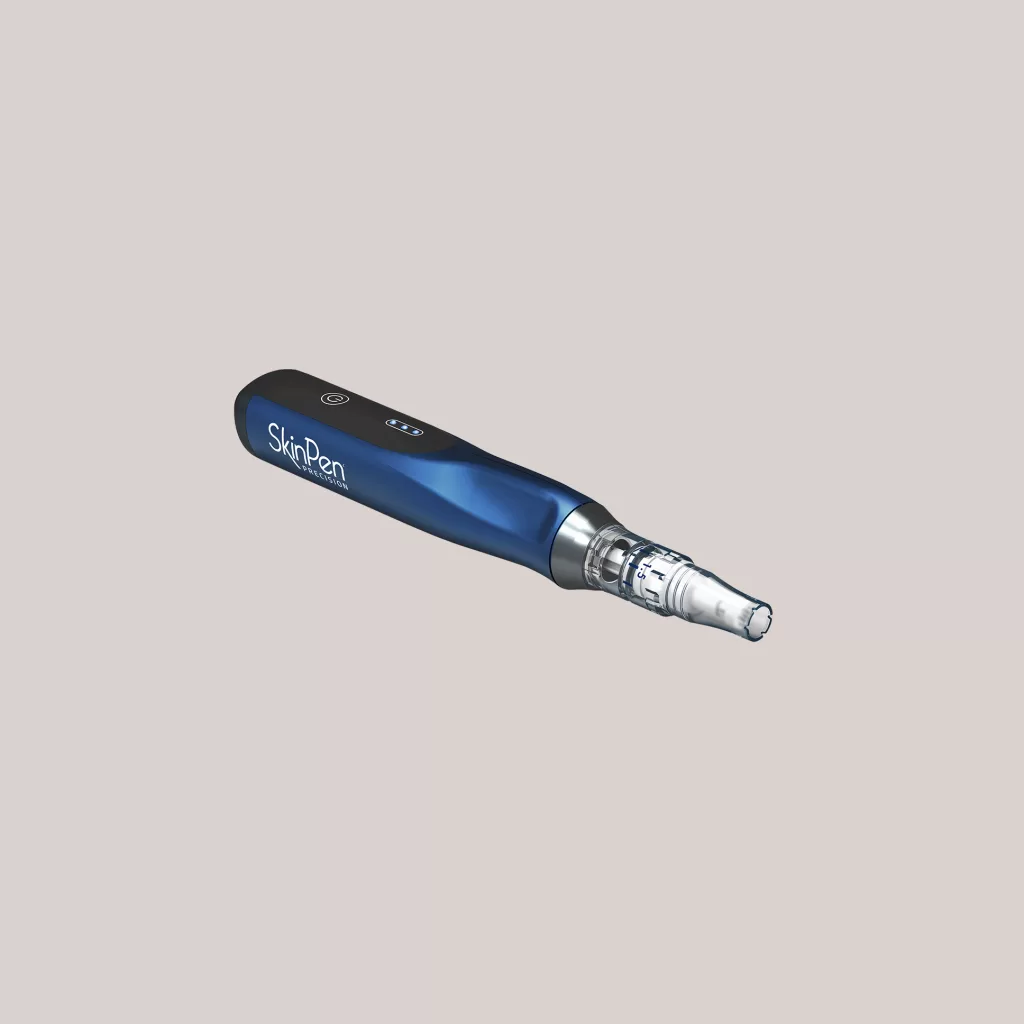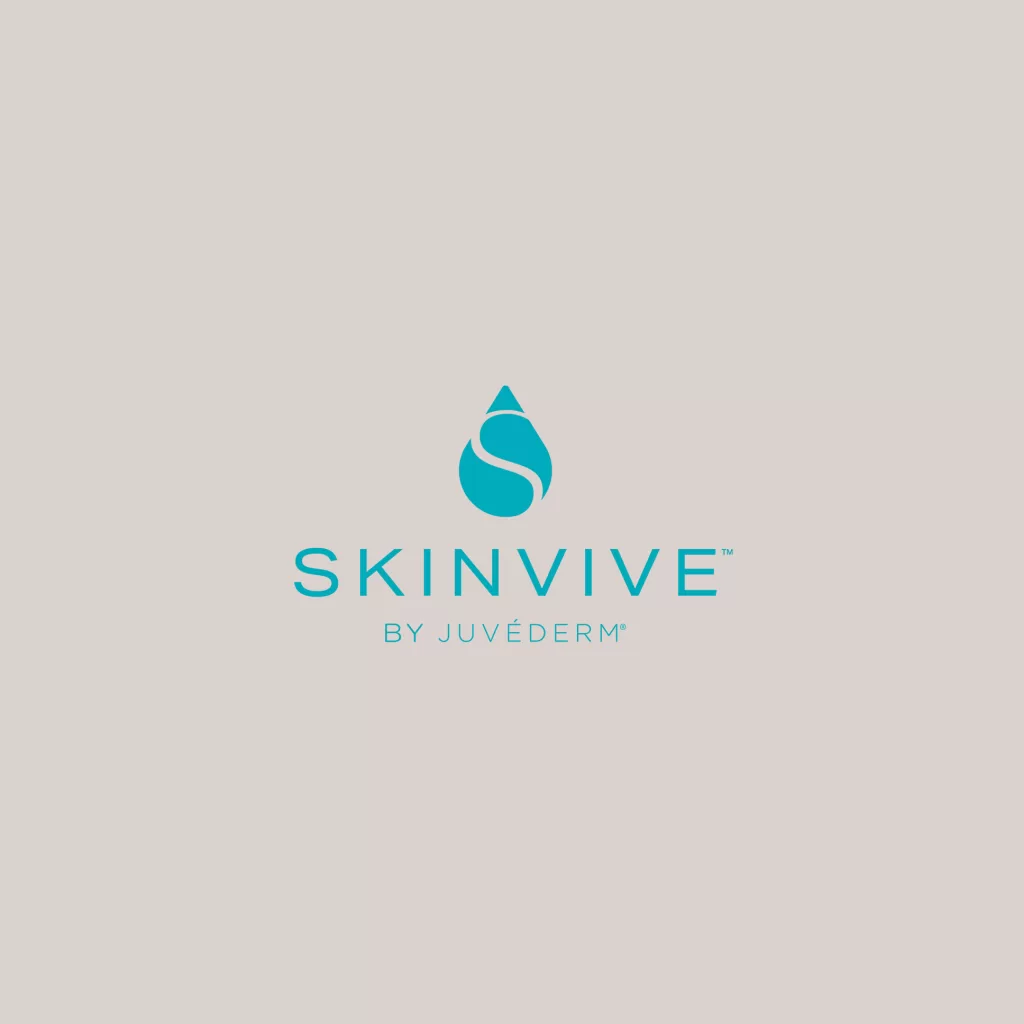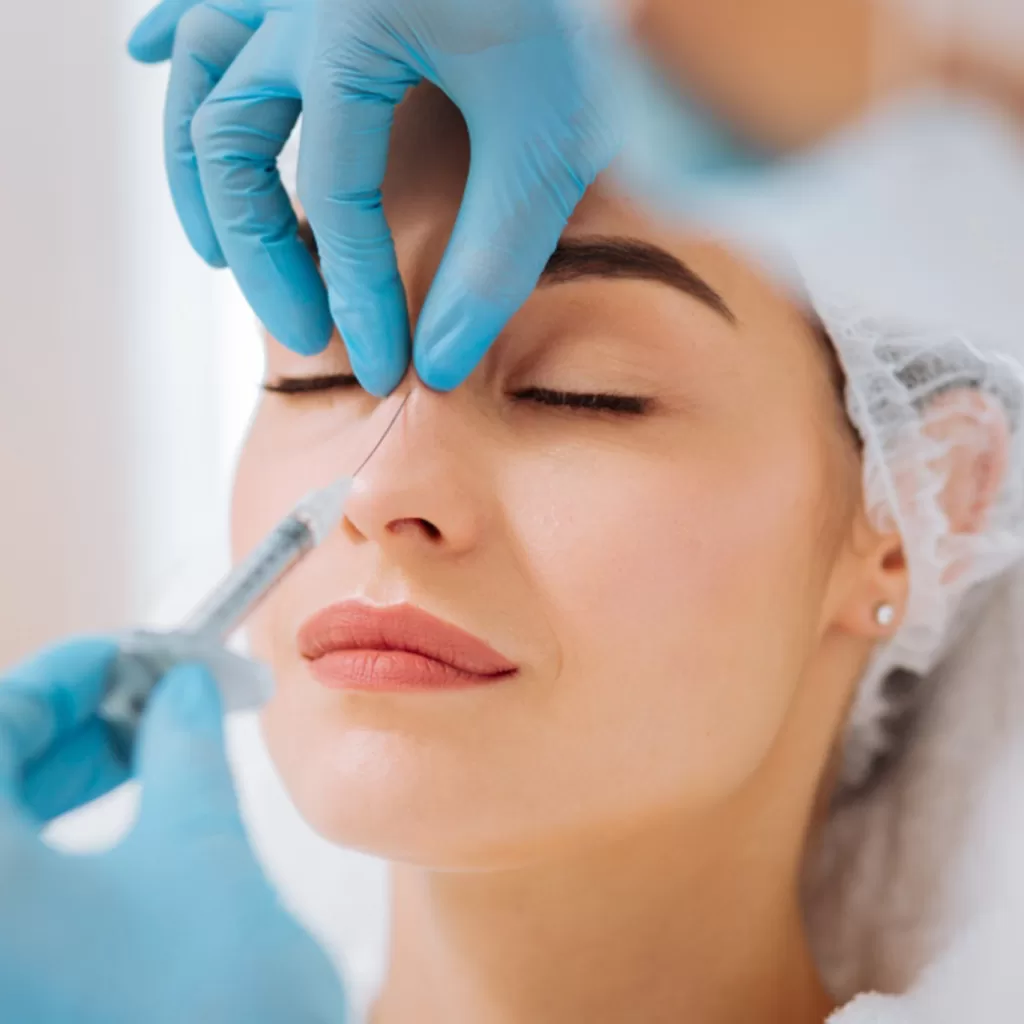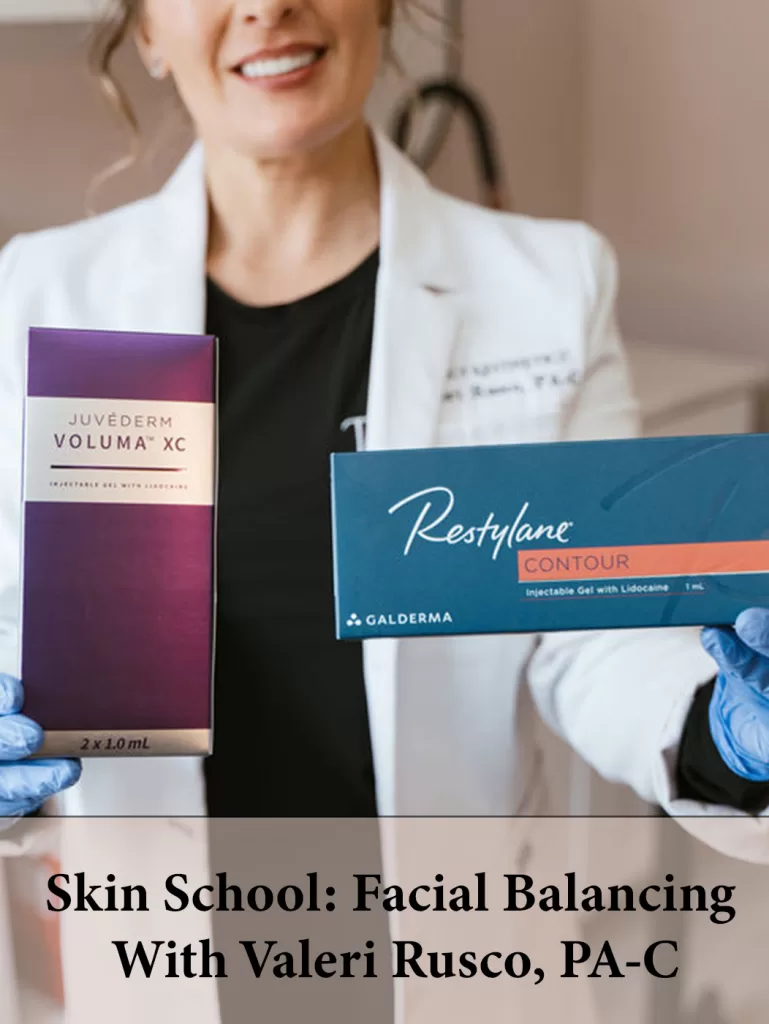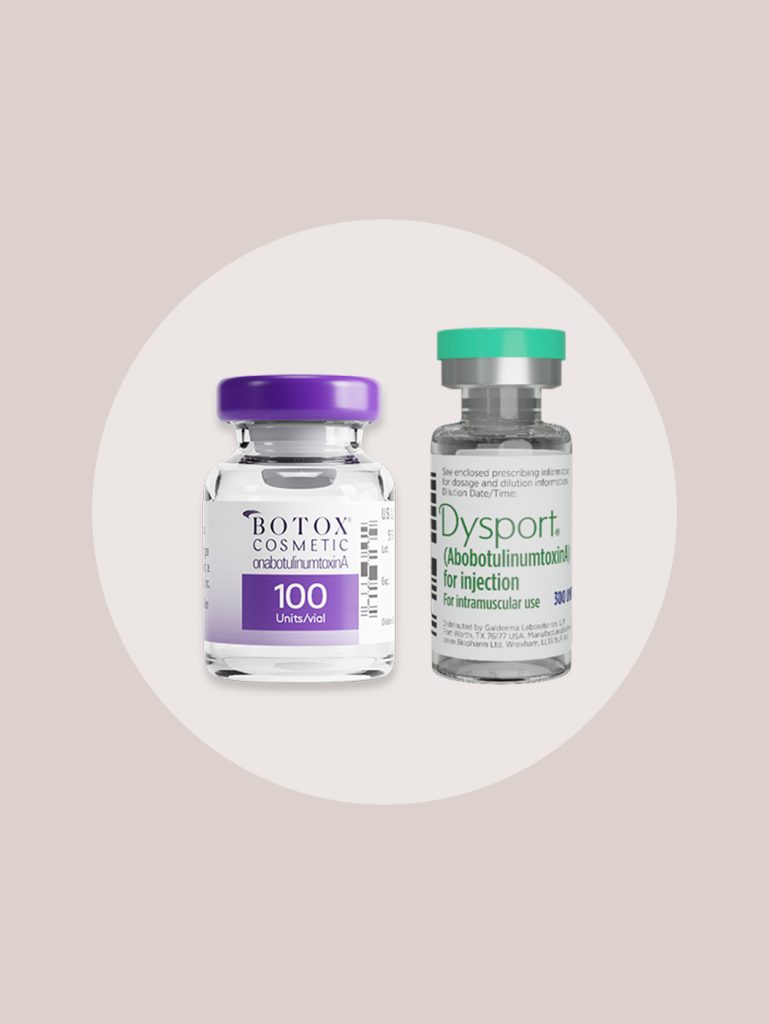What is Botox?
Botox Cosmetic, produced by Allergan, stands as one of the most popular injectable neuromodulators renowned for its efficacy in temporarily relaxing facial muscles, thus diminishing the appearance of dynamic wrinkles arising from repetitive muscle contractions. Originally devised for addressing medical conditions like crossed eyes (strabismus) and eyelid spasms, Botox Cosmetic has garnered FDA approval for targeting these specific cosmetic concerns:
In addition to its approved uses, Botox is commonly employed off-label to address a range of cosmetic concerns, offering versatility in aesthetic treatments.
Injectors often utilize Botox treatments to:
- Smooth lip lines
- Treat “bunny lines” on the nose bridge
- Reduce chin wrinkles
- Enhance jawline contour
- Minimize neck bands using the “Nefertiti Lift” technique
- Achieve a subtle, nonsurgical brow lift
- Gently raise the upper lip with a “Botox lip flip“
Moreover, Botox finds utility beyond facial aesthetics. It is also instrumental in the following:
- Helps prevent teeth grinding and clenching by relaxing the masseter muscle, promoting a streamlined jawline
- Assists in slimming the neck through injection into the trapezius muscle, also referred to as “TrapTox”
- Addresses excessive sweating, known as hyperhidrosis
- Treats temporomandibular joint (TMJ) disorders
- Alleviates chronic migraines
Despite widespread misconception, it’s imperative to distinguish between Botox and fillers. While Botox targets dynamic wrinkles by relaxing muscles, fillers augment volume to reduce the appearance of lines and folds, providing shape and contour. This differentiation underscores their complementary roles in aesthetic treatments, offering a comprehensive approach to facial rejuvenation.
In essence, Botox emerges as a multifaceted treatment option, blending cosmetic enhancement with therapeutic benefits, and continues to demonstrate its efficacy and versatility in addressing a myriad of concerns in both the aesthetic and medical realms.
How does Botox work?
Botox functions by temporarily intercepting nerve signals to the muscles, thereby diminishing the intensity of muscle contractions. As a result, the injected muscle experiences reduced mobility, leading to the smoothing out of dynamic wrinkles caused by movement. This action not only alleviates the visibility of existing wrinkles but also aids in preventing their progression over time, while also thwarting the formation of new wrinkles.
What are the pros and cons of Botox treatments?
Pros of Botox:
- Effective in reducing the appearance of dynamic wrinkles caused by muscle movement.
- Non-surgical procedure with minimal downtime.
- Quick treatment sessions usually lasting around 15-30 minutes.
- Results are noticeable within a few days and can last for several months.
- Versatile treatment option for various cosmetic and medical conditions.
- Can be used preventatively to inhibit the formation of new wrinkles.
- FDA-approved and extensively studied for safety and efficacy.
Cons of Botox:
- Temporary results necessitating regular treatments for maintenance.
- Possible side effects such as bruising, swelling, or headache at injection sites.
- Potential for asymmetry or unintended facial expression changes if improperly administered.
- Allergic reactions or adverse effects are rare but possible.
- Not suitable for everyone, including pregnant or breastfeeding women and individuals with certain medical conditions.
- Cost can be a consideration as Botox treatments are typically not covered by insurance.
- Requires injection by a qualified and experienced healthcare provider to ensure safety and optimal results.
How should you prepare for a Botox treatment?
To reduce the risk of bruising before receiving Botox, consider discontinuing unnecessary blood thinners, including nonsteroidal anti-inflammatories (NSAIDs) such as naproxen and ibuprofen, as well as Omega-3s, at least one week prior to your appointment.
At what age should you start getting Botox treatments?
Botox is an FDA-approved treatment suitable for individuals aged 18 and above. While some healthcare providers may suggest initiating Botox in your mid-20s to early 30s as a preventive measure known as “prejuvenation,” it’s typically only necessary when visible lines begin to form. Therefore, there’s no imperative to commence Botox treatments before signs of aging become apparent.
For personalized guidance on the optimal timing to begin Botox treatments, it’s advisable to consult with Direct Aesthetics. While some may consider starting Botox in their mid-20s to early 30s as a preventative measure, Direct Aesthetics can assess individual factors and recommend the most suitable approach tailored to your unique skin condition and aesthetic goals.
Who should not get a Botox treatment?
An ideal candidate for Botox treatment is a healthy adult who is not pregnant or nursing. Botox is not recommended during pregnancy due to limited safety data. Additionally, individuals should refrain from Botox if they have:
- Experienced hypersensitivity or adverse reactions to any botulinum toxin product in the past.
- An existing infection at the intended injection site.
- Been diagnosed with a neuromuscular disease such as myasthenia gravis.
Is Botox safe? What are the side effects?
Clinical trials have established Botox’s safety profile, highlighting minimal risks and side effects. While mild bruising at the injection site is common, there’s a possibility of developing droopy brows, particularly if treating the forehead.
Additionally, unintended spread into neighboring areas may lead to drooping eyelids, a skewed smile, or misaligned eyebrows. To mitigate these risks, it’s advised to refrain from touching the treated area for four hours post-treatment.
Over-injection may result in a frozen appearance, although this is temporary, lasting three to four months. Hence, seeking an experienced and skilled injector is essential for optimal results.
Some patients also experience these temporary side effects:
- Dry mouth
- Tiredness
- Discomfort at the injection site
- Headache
- Neck pain
- Vision problems, such as blurred vision and dry eyes
This treatment utilizes botulinum toxin type A, derived from Clostridium botulinum bacteria, to temporarily disrupt nerve signals between muscles, inducing temporary muscle weakness. It’s important to note that it cannot cause botulism, a form of food poisoning.
Rare but serious side effects of Botox treatments include:
- Difficulty swallowing, breathing, or speaking may arise with excessive doses, particularly in neck muscle injections.
- Allergic reactions, including hives, itching, wheezing, faintness, or swelling in the face, tongue, or throat, warrant immediate medical attention.
If you have any concerns about these risks, discuss them with your injector before your treatment. Trust Direct Aesthetics for a proven track record of experience and satisfied patients, reducing your risk of complications.
What happens during a Botox treatment?
Botox injections are a quick lunchtime procedure, typically lasting 5-15 minutes. Here’s what to expect at Direct Aesthetics:
- Begin with a consultation to discuss your concerns, goals, and medical history, ensuring safety.
- Photos will be taken to track changes post-treatment.
- Your face will be cleansed before injections are administered to target areas.
- After the treatment, you can drive yourself home or back to work.
- Any residual redness or bruising can be easily concealed with makeup.
Do Botox injections hurt?
During Botox treatment, patients typically feel only a brief twinge of mild discomfort. The needle used is thin, but if concerned, topical numbing cream can be requested beforehand.
What should you avoid after a Botox treatment?
During the recovery period after receiving Botox treatment from Direct Aesthetics, it’s essential to adhere to certain precautions to optimize your results. Firstly, avoid engaging in strenuous physical activities or exercises for at least 24 hours post-procedure. Vigorous movements may disrupt the settling of the Botox and impact its effectiveness.
Additionally, it’s advisable to minimize alcohol consumption during the recovery phase, as it can increase the risk of bruising and swelling at the injection sites, potentially prolonging the healing process.
Furthermore, refrain from touching, rubbing, or massaging the treated area for several hours following the Botox injections. Excessive manipulation of the injected areas could disperse the Botox solution and result in uneven outcomes.
By adhering to these guidelines provided by Direct Aesthetics, you can support a smooth recovery process and enhance the overall effectiveness of your Botox treatment. Always consult with your Direct Aesthetics provider for personalized post-treatment care instructions tailored to your specific needs and circumstances.
When does Botox start working?
Botox usually begins to show noticeable results within 3 to 7 days post-treatment, with full effects becoming evident within about 2 weeks. However, the exact onset time can vary depending on factors such as the individual’s metabolism, the area being treated, and the dose administered.
While some people may experience results sooner, it’s essential to be patient and allow time for the treatment to take effect fully. Additionally, the longevity of Botox results can vary, typically lasting around 3 to 4 months before gradually wearing off.
How often should you get a Botox treatment?
Botox lasts three to four months, on average. The effects on the forehead usually wear off first, followed by crow’s feet, and lastly glabella.
It’s not necessary to get a treatment again as soon as the effects start to wear off, but if you want to get the maximum benefits, you may want to plan on having Botox maintenance treatments about every four months.
That said, every person is different. Since your body makes new receptors and neurotransmitters all the time, each patient will have different lengths of effective Botox paralysis. The average may be three or four months.
Remember, while Botox is working, you are getting ‘wrinkle-free time’. So if it works for six months and you do it only once a year, you’re still going to have fewer wrinkles.
